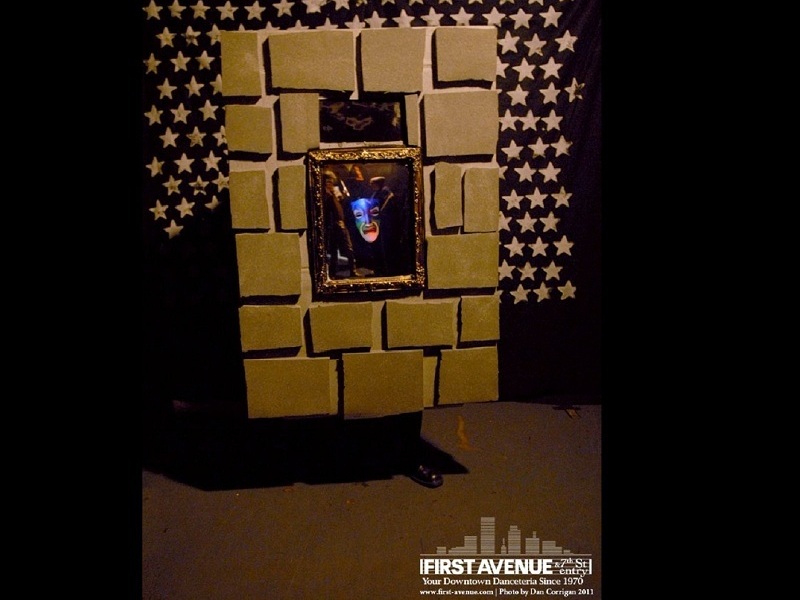I was looking for a way to make this thing without using a heavy wooden frame that wouldn’t give me many options for support, and any of the wooden ones that were of the ornate style that I’m looking for are very heavy. Since I’m going to be wearing it around, weight is an issue. I started out by picking up a Lenticular from an unnamed Seasonal Halloween store, and when I told the manager that I was just going to tear it up he gave it to me for $4.99 instead of the $24.99. This was the picture that I picked up
Next I needed an LCD screen, so I went pawn shopping. Most LCD’s take A/C directly, but I didn’t feel like trying to find a suitable place on the controller board to tap in with low voltage DC so I went looking for one that used an external power supply, just like a laptop does. After four stores I got lucky, and someone had even misplaced (or stolen) the power supply so they gave me the monitor for half price, which ended up being a total of $20. I used a 15” 4:3 monitor, and because that’s the older style and I’m cheap, it’s a pretty shoddy screen.
This takes 12V DC in, which makes it a very easy unit to work with. The only downside is that it is an old and inefficient monitor, so it draws 1.3 amps at full brightness, which will make life difficult when it comes to batteries. A new one with local dimming would have made for a much nicer final product, but that would have meant buying something brand new just to tear it apart.



